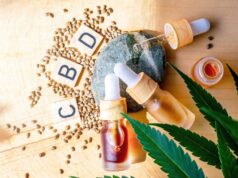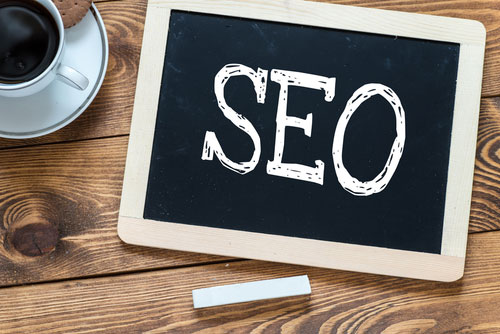
If you don’t do Google On Page SEO right then all the other stuff (including Off Page SEO too) is simply not worth doing. On Page SEO is one of the most important parts of Google’s algorithm and it simply has to be done right. And to do it right you have to know which factors can bring positive and which factors can bring negative impact to ranking so you can easily avoid them.
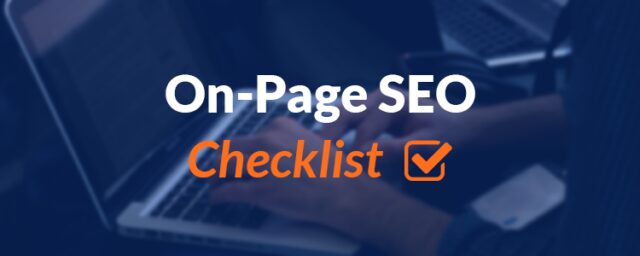
When you look at all that Google On Page SEO means it looks pretty hard to but it actually isn’t and one of the basic things you have to do is simply to write content to readers and not to think too much about SEO. That will attract more visitors, your content could easily go viral and it is the easiest way to avoid all the penalties and avoid getting into trouble for over-optimizing the page.
This is the third article about SEO optimization. Make sure to read the other two called “SEO Survival Factors” and “Google Off Page ranking factors”.
Page structure
There are lots of things that influence On Page SEO and to understand them all you have to understand the complete structure of some page and how to optimize that components.
We’ll start with URL. URL is the basic part of website and you can’t create something without having your unique URL. It has be short, simple and attractive. Don’t try to force keywords into it because if it doesn’t look good then it’s not worth having them there.
The other thing is the tittle. Tittle of website simply MUST include keyword. Search engine crawlers first notice the tittle and that’s why it has to be perfect. Another reason why tittle is very important is that it is the first thing people notice when searching something on search engines and if tittle isn’t attractive enough then you could lose potentially great amount of traffic.
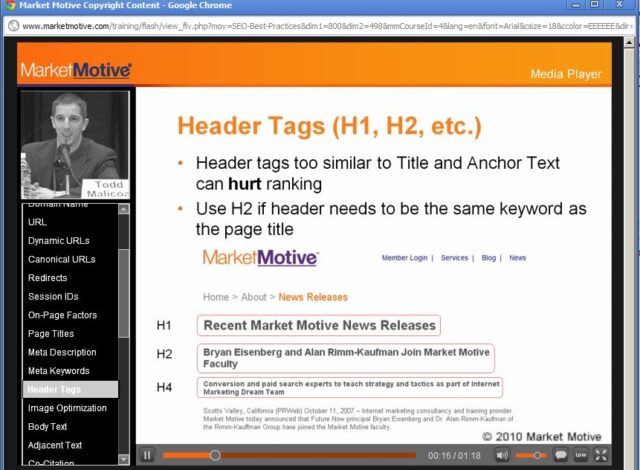
H2 tittles are the second thing search engine crawlers see. You should have at least two H2 tittles on your page and it should include terms related to the main keyword in it.
In the body section of the page you write content. And the thing I mentioned above about writing for people and not for SEO applies here. Make it interesting and attractive. And don’t mention main keywords too many times. Once per 1000 words is enough.
When placing some pictures into page it is important to understand that search engine crawlers can’t look at pictures. But they can recognize it and that’s why Tittle and Alt tag is very important part of some image.
Try searching for something on Google. Do you see that sentence below the tittle and URL? That thing is called meta-description and it is also very important part of On Page SEO. That sentence must be extremely attractive and it should always include some related keywords in it. But the more important thing is to make it attractive and readable and if you can’t do that with wanted keyword then change the keyword or don’t include one at all.
Those are most important components of some page. It is important to create them on a right way. Some people could think too much about creating a perfectly optimized components and that can lead to over-optimization. Over-optimization is discovered by Google Panda and it can lead to penalties.
Google Panda and penalties
Before I describe what Google Panda is I will should say what over-optimization is. Over-optimization is a one of the ways to call mistakes made with some components of page structure I listed above. Those mistakes can often be:
Duplicate content.
Duplicate content often happens when people don’t want to spend any time or effort to create their own content or just change content from other website and then simply copy something from another website thinking that it won’t make much difference. It will make difference, it could actually lead to a big difference because your site could be removed from search engines. Always use unique content, be original and write your own content. Research internet about the theme you want to write about and get to work.
Keyword stuffing
Another thing inexperience people like to do is mention keywords many times because “that will work”. No, it won’t work. Mentioning the targeted keyword too many times will bring you more damage than you could ever think.
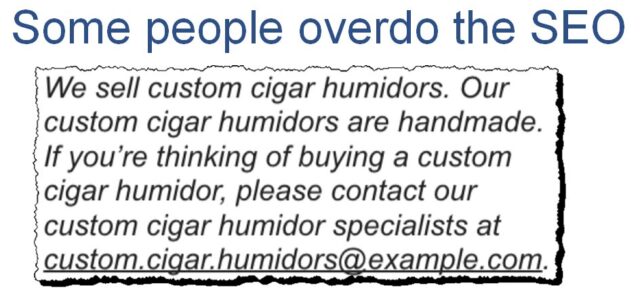
Too many links
Linking to other pages or to other websites is always a good thing but don’t put too many links. If you place some links that are not useful to other people it can be harmful for your traffic and for ranking.
There are some other mistakes people make but those are less common mistakes. And what Google uses to discover all those mistakes? Google Panda!
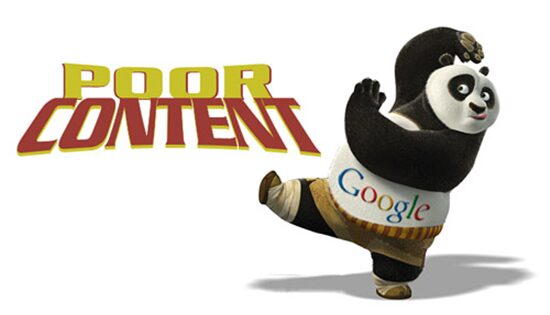
Google Panda is Google’s search algorithm that helps them in discovering both high quality and low quality websites and promote ones and kill the other ones. If you get your fame on some illegal ways and do mistakes I mentioned above then Google Panda will find you. Since its release lots of sites were removed from search engines and lots of sites suddenly lost their ranking. And what is the worst part? Those sites can’t get their ranking back and the other ones can’t get back to Google search engine, they are banned for life. The only thing left to do is to create different domain and start over.
Ranking factors: True, Probable, Likely or Myth?
And now onto the last part of the article. There are lots of factors that can bring positive or negative impact to On Page SEO and it is very important to know which factors really bring something and which factors are not important at all.
True means that these factors really have positive or negative impact to On Page SEO. Probable means that factors most probably have influence and that it can depend on different things. Likely means that it could have positive or negative influence while factors defined as myth don’t have any impact, positive or negative, and those things are just myth.
People say that these factors bring positive impact. Are they true?
- Included keywords in URL, tittle tag and alt text have a positive impact. TRUE!
- Quality outbound links always bring a good impact on SEO. TRUE!
- Using HTTPS server proved to give a positive impact. TRUE!
- Clean and responsive coding are a good thing. TRUE!
- Servers near users can bring positive impact if they have high quality. PROBABLE!
- Key phrases in heading tags can have positive impact. PROBABLE!
- Keyword used as a domain name can bring good stuff. LIKELY!
- Good spelling and correct grammar are positive. LIKELY!
- Subdomains can also have positive impact. LIKELY!
- Verifiable phone number and accessible content page can bring some positive impact to On Page SEO. LIKELY!
- Quantity of comments won’t have any impact. MYTH!
- Verifiable address won’t have any influence to On Page SEO. MYTH!
- Using Google Analytics, XML sitemaps, or Webmaster Tools will help you but won’t bring any positive impact. MYTH!
Those are some true thins and myths about factors that bring positive impact to On Page SEO. Here are some factors that reportedly have negative impact:
- Poor domain reputation have a high negative impact. TRUE!
- Slow website can influence both visitors and have negative impact to On Page SEO. TRUE!
- Copyright violation will always bring negative impact. TRUE!
- Page NoIndex, duplicate content, too many ads, thin content, text in video or images and similar stuff will always have negative impact. TRUE!
- If you sell links that could lead to negative impact. PROBABLE!
- Auto-translated text is not a good idea. PROBABLE!
- Just like internal NoFollow is also not a good idea. PROBABLE!
- Overusing bold, italic or other things in code could lead to negative impact. LIKELY!
- Sexually explicit content and outbound affiliate links can have negative impact. LIKELY!
- Code errors on page and content hidden with JavaScript can lower the effectiveness of On Page SEO. LIKELY!
- Missing Robots.txt. MYTH!
And that’s it, those were the factors that have (or don’t have) positive or negative impact with On Page SEO. I hope you learned something. Good luck!


